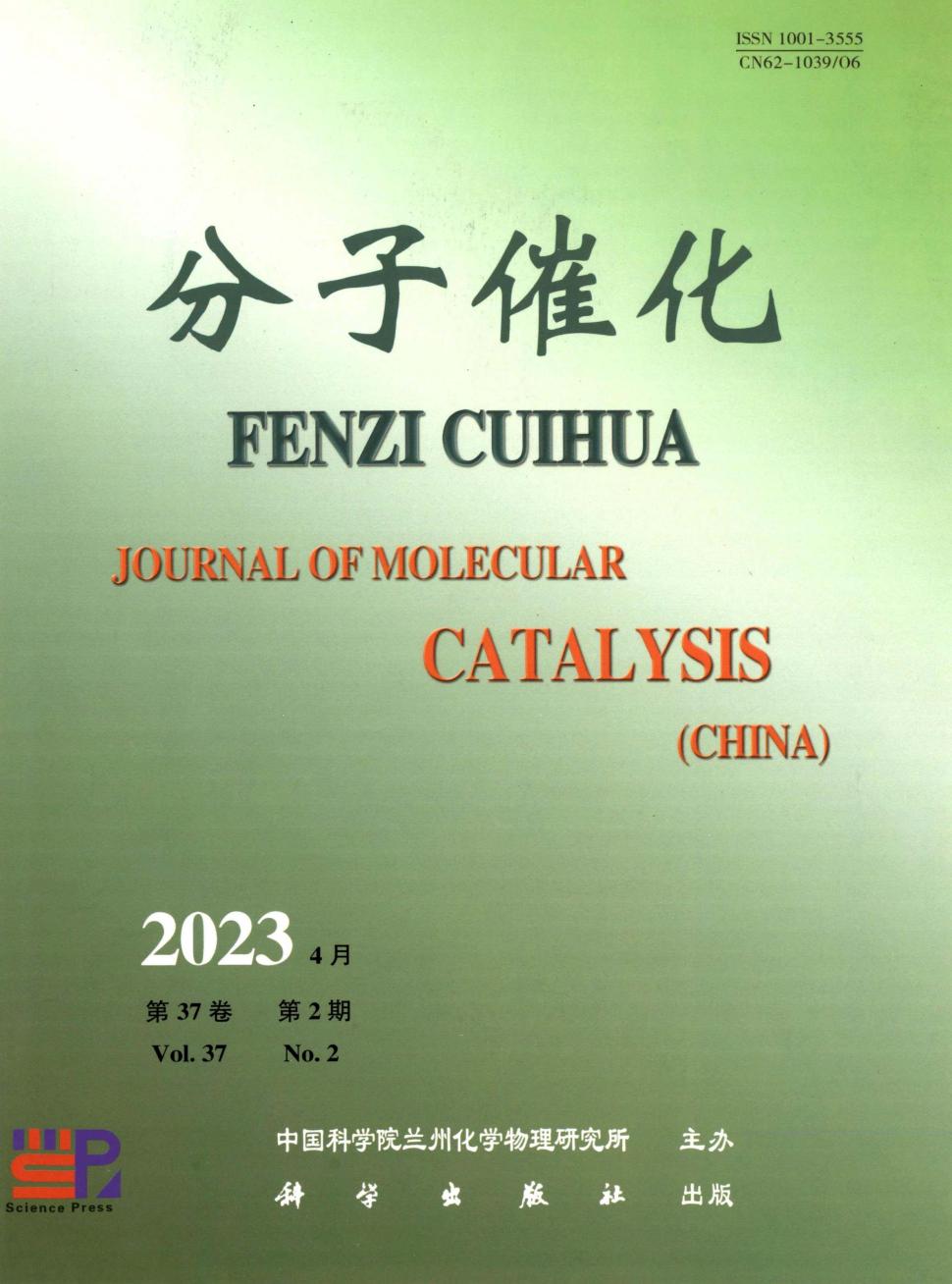1-丁基-3-甲基咪唑氯化铝熔盐催化异丁烷与2-丁烯的烷基化反应
Q4 Chemical Engineering
引用次数: 121
摘要
以液体1-丁基-3-甲基咪唑氯化铝熔盐为酸性催化剂,分批进行异丁烷与2-丁烯的烷基化反应。研究了操作变量对产品组成的影响。对催化剂酸度的控制使生产高质量的烷基酸盐成为可能。本文章由计算机程序翻译,如有差异,请以英文原文为准。
Alkylation of isobutane with 2-butene using 1-butyl-3-methylimidazolium chloride—aluminium chloride molten salts as catalysts
Isobutane was alkylated with 2-butene, in batchwise conditions, using liquid 1-butyl-3-methylimidazolium chloride—aluminium chloride molten salts as the acidic catalyst. The effect of the operating variables on the product composition has been investigated. The control of the acidity of the catalyst has made possible the production of a high quality alkylate.
求助全文
通过发布文献求助,成功后即可免费获取论文全文。
去求助
来源期刊

分子催化
Chemical Engineering-Catalysis
CiteScore
1.50
自引率
0.00%
发文量
2959
期刊介绍:
Journal of Molecular Catalysis (China) is a bimonthly journal, founded in 1987. It is a bimonthly journal, founded in 1987, sponsored by Lanzhou Institute of Chemical Physics, Chinese Academy of Sciences, under the supervision of Chinese Academy of Sciences, and published by Science Publishing House, which is a scholarly journal openly circulated both at home and abroad. The journal mainly reports the latest progress and research results on molecular catalysis. It contains academic papers, research briefs, research reports and progress reviews. The content focuses on coordination catalysis, enzyme catalysis, light-ribbed catalysis, stereochemistry in catalysis, catalytic reaction mechanism and kinetics, the study of catalyst surface states and the application of quantum chemistry in catalysis. We also provide contributions on the activation, deactivation and regeneration of homogeneous catalysts, solidified homogeneous catalysts and solidified enzyme catalysts in industrial catalytic processes, as well as on the optimisation and characterisation of catalysts for new catalytic processes.
The main target readers are scientists and postgraduates working in catalysis in research institutes, industrial and mining enterprises, as well as teachers and students of chemistry and chemical engineering departments in colleges and universities. Contributions from related professionals are welcome.
 求助内容:
求助内容: 应助结果提醒方式:
应助结果提醒方式:


